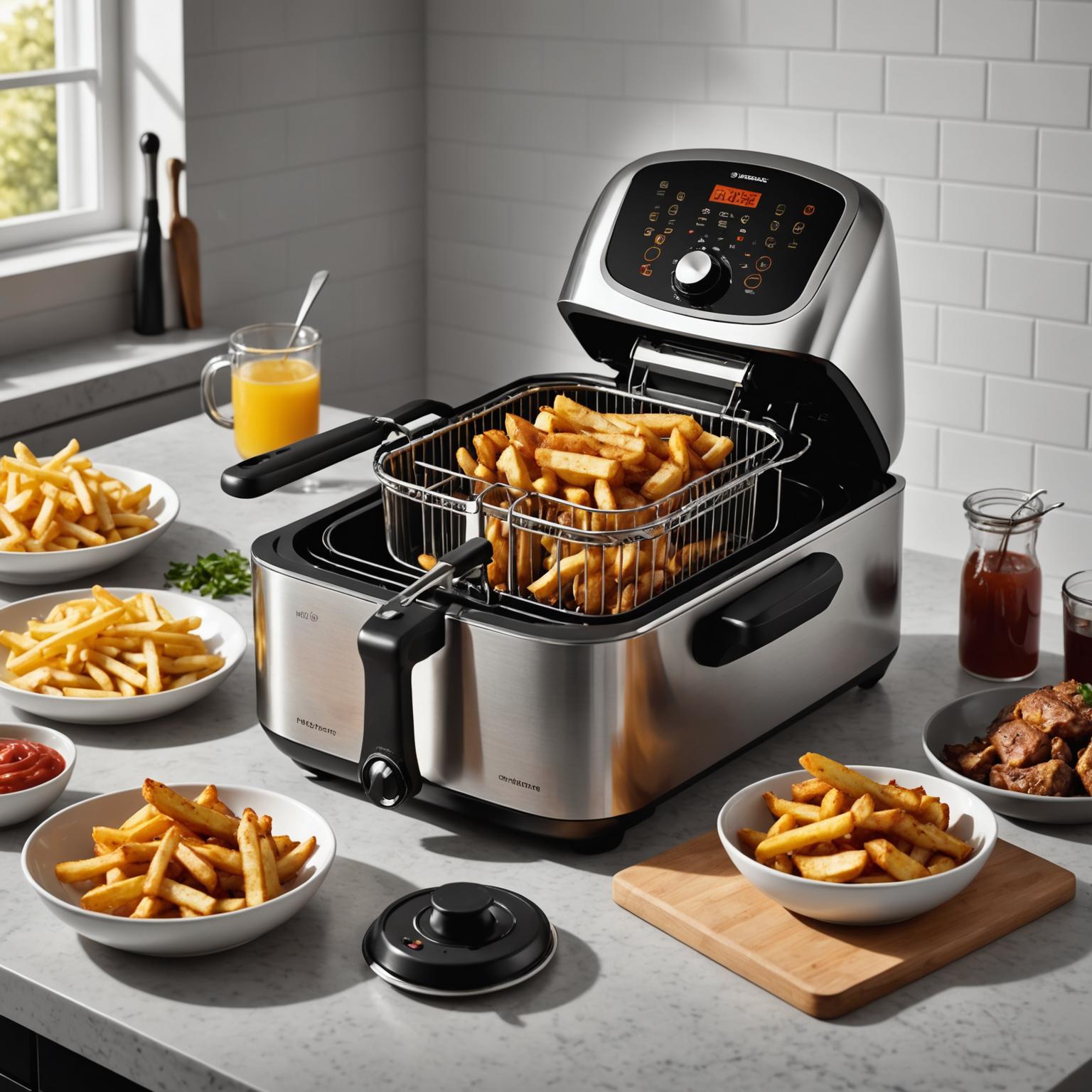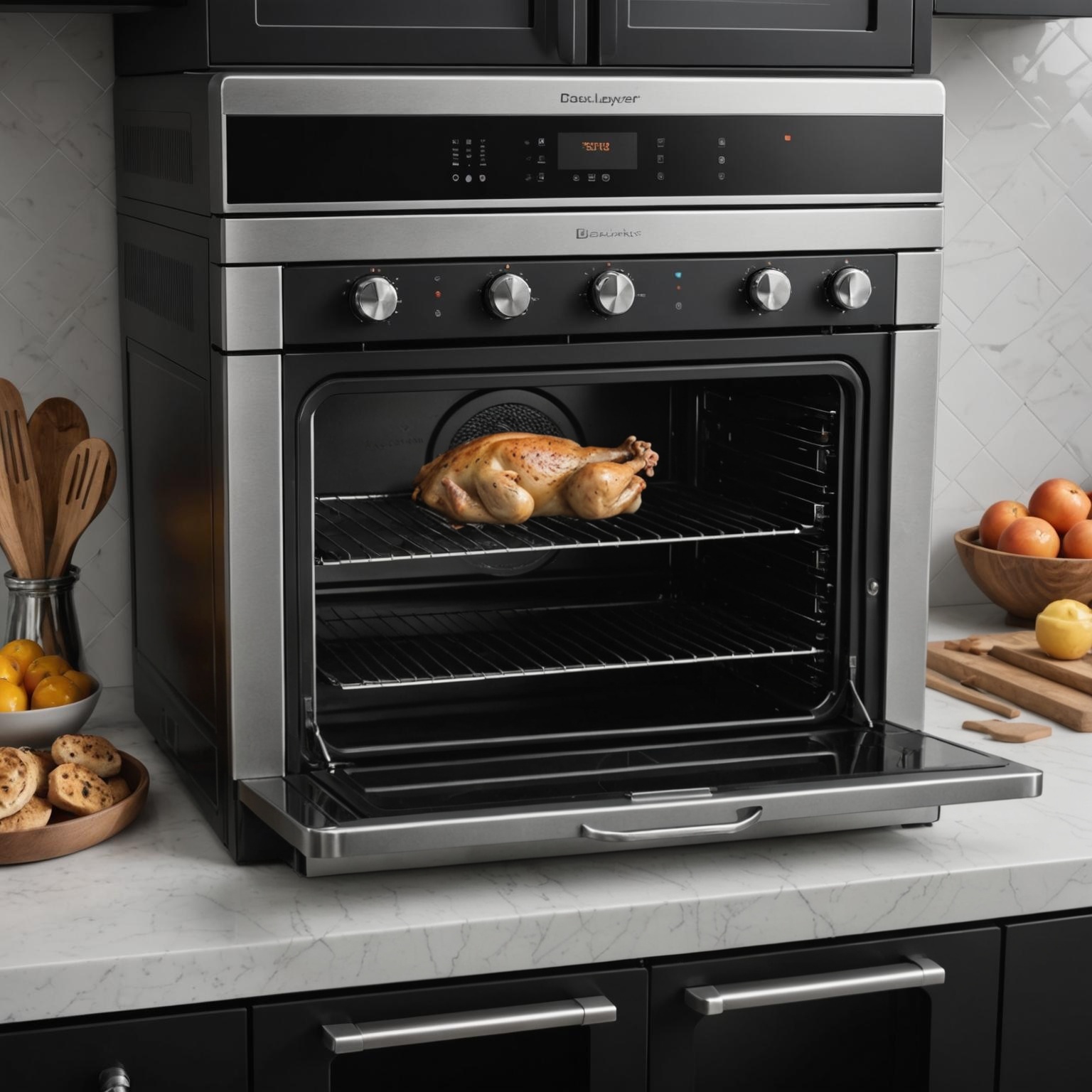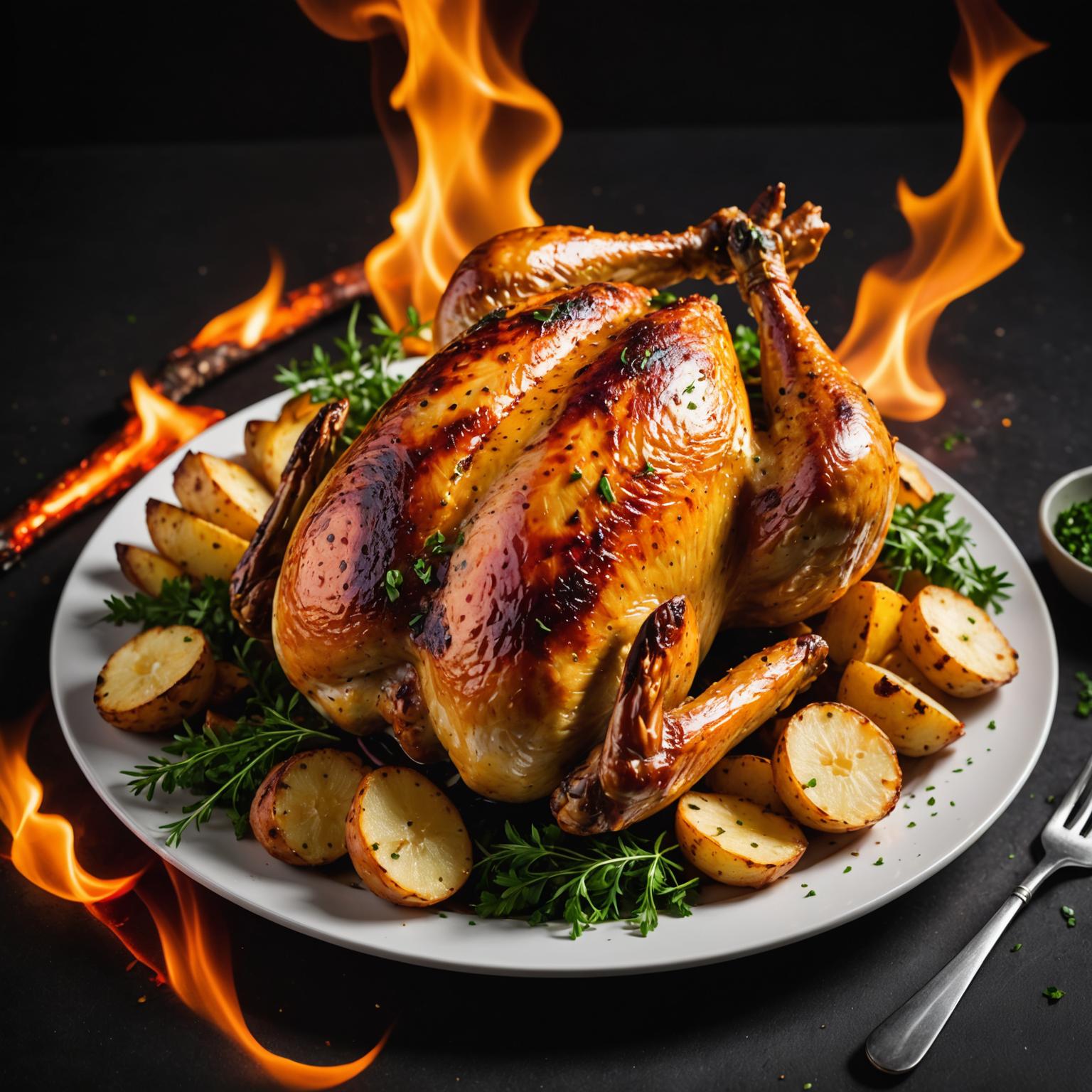In the world of professional cooking and food service, consistency is king. Achieving that perfect golden-brown crisp on fried foods, batch after batch, relies heavily on the quality of your equipment, most notably the heart of your deep fryer. The unsung hero in this process is often the stainless steel heater, an essential component that ensures rapid, reliable, and precise temperature control. Without a high-performance heating element, even the best recipes can fall flat, leading to soggy, unevenly cooked results.
The Power Behind the Perfect Fry: Resistance Heaters
At the core of many commercial fryers is a powerful resistance heater for fryer applications. This component works by passing an electric current through a resistive material, which generates heat. This heat is then efficiently transferred to the cooking oil. The advantage of using a resistance heater for fryer equipment lies in its ability to quickly reach and maintain the exact temperatures required for different foods. This precision prevents the oil from overheating and breaking down, while also ensuring food is cooked thoroughly without absorbing excess grease, delivering that signature crispy texture customers crave. The robust design of a commercial-grade resistance heater for fryer use is built for the demanding environment of a busy kitchen.
Durability and Design: The Tubular Heating Element
The most common form factor for these heaters is the tubular heating element. This design features a metallic sheath, typically made of stainless steel, that encloses the resistance wire and insulating material. The choice of stainless steel is critical; it provides excellent protection against corrosion from cooking oils and cleaning solutions, ensuring a long service life. Furthermore, the tubular heating element is often bent and shaped to maximize its surface area within the fryer vat. This clever engineering ensures uniform heat distribution throughout the oil, eliminating hot spots and cold zones that can ruin a batch of food. A well-designed tubular heating element is both a workhorse of durability and a marvel of efficient thermal engineering.
The Science of Sizzle: Resistance Heating Technology Explained
Resistance heating technology is the fundamental science that makes modern electric fryers so effective. By precisely controlling the flow of electricity, this technology allows for instantaneous adjustments to heat output, responding immediately to the temperature drop when cold food is added to the oil. Advanced resistance heating technology ensures a rapid recovery time, bringing the oil back to the optimal frying temperature with minimal delay. This dynamic response is what separates high-quality fryers from their lesser counterparts. The efficiency of resistance heating technology not only produces better-tasting food but also translates to energy savings, a significant benefit for any commercial operation.
Choosing Wisely: Heating Element Compatibility for Your Fryer
When it comes time to maintain or repair your equipment, understanding heating element compatibility fryer specifications is crucial. Not all heating elements are created equal, and using an incompatible part can lead to poor performance, equipment damage, or even safety hazards. It is essential to select a replacement that matches the fryer's voltage, wattage, and physical dimensions. Checking the heating element compatibility fryer guide from the manufacturer ensures you are installing the correct component. This guarantees that your appliance will continue to operate safely and efficiently, maintaining the high standards of your culinary output and protecting your investment. Proper heating element compatibility is the key to longevity and consistent performance.





